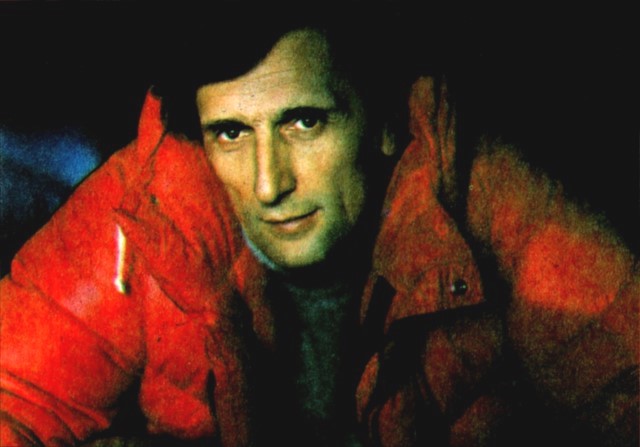Andrzej Zawada (1928–2000) was an outstanding Polish mountaineer, geophysicist, seismologist by education and expedition organizer, recognized worldwide as one of the founders of winter high-altitude mountaineering. Thanks to his vision and perseverance, Poland has become a leader in the history of conquering the Himalayas in the harshest winter conditions.
Early years and early career
 Zawada was born in Warsaw and studied physics and geophysics at the University of Warsaw. Already in the 1950s, he began to actively engage in mountaineering, participating in ascents in the Tatras, the Caucasus and the Pamirs. His interest in extreme conditions manifested itself early – he was among the first to study the possibilities of winter mountaineering in the high mountains.
Zawada was born in Warsaw and studied physics and geophysics at the University of Warsaw. Already in the 1950s, he began to actively engage in mountaineering, participating in ascents in the Tatras, the Caucasus and the Pamirs. His interest in extreme conditions manifested itself early – he was among the first to study the possibilities of winter mountaineering in the high mountains.
In 1959, when he was already thirty, he led the first winter ascent of the entire main ridge of the Tatras. In total, 75 kilometers from the Huczanska Pass to the Zdziarska Pass, which Zawada and a team of five people covered in nineteen days. The expedition was not officially registered, i.e. it was carried out contrary to the recommendations of the Main Board of the High Mountain Club, so it did not receive much publicity in the country. This was not the first and not the last time that Zawada thumbed his nose at those who considered themselves the most important. “The Leader” or “The Great Manager” – nicknames that accurately described his approach to life.
He was the first person to climb a seven-thousander in winter.
His contribution to winter mountaineering
Zawada quickly became one of the pioneers of Polish Himalayan mountaineering, specializing in the winter version. However, he had a long quarrel with the authorities, who made life difficult for his compatriot in every possible way. Once, Zawada was denied a passport, suspected of transporting monthly magazines from the Parisian “Culture” across the border. And when they finally managed to go and conquer Everest in winter (1980), the authorities received a bad message from… John Paul II himself. It was addressed directly to the leader of the historic expedition. The announced visit and congratulations for the compatriot were suddenly revoked by Edward Gierek, then First Secretary of the Central Committee of the Polish United Workers’ Party. However, the award went to the “Leader”. Zawada was awarded the Knight’s Cross of the Order of Polonia Restituta for his winter expedition to the roof of the world.
Politics did not stop Zawada from realizing his dreams. In 1974, he became the first person, along with Andrzej Heinrich, to overcome the 8,000-meter barrier in winter. A year earlier, together with Tadeusz Piotrowski, he climbed the seven-thousander Noshaq in the Asian Hindu Kush mountain range. They were the first in the world to do so in winter conditions. Similar to the attack on Everest in 1980. Zawada as the expedition leader, and the summit was reached by Krzysztof Wielicki and Leszek Cichy. In the spring it was repeated, this time with Andrzej Czok and Jerzy Kukuczka. Everest again, Zawada as the leader, and a new route to the highest peak on Earth was laid.
Andrzej Zawada went down in history as the organizer of the world’s first winter expedition to the eight-thousander – Lhotse (8516 m) in 1974. Although the summit was not reached, the attempt itself was a breakthrough: before that, it was believed that climbing eight-thousanders in winter was impossible. This ascent opened a new era in mountaineering.
Later, in 1980, under the leadership of Zawada, a Polish expedition made the first winter ascent of Everest (8848 m). Legendary climbers Krzysztof Wielicki and Leszek Cichy reached the summit on February 17 – an event that shook the entire mountaineering world. This success cemented Poland’s status as a pioneer of “winter Himalayanism.”
Zawada was also active in climbing in the Karakoram, including Nanga Parbat and Shishapangma.
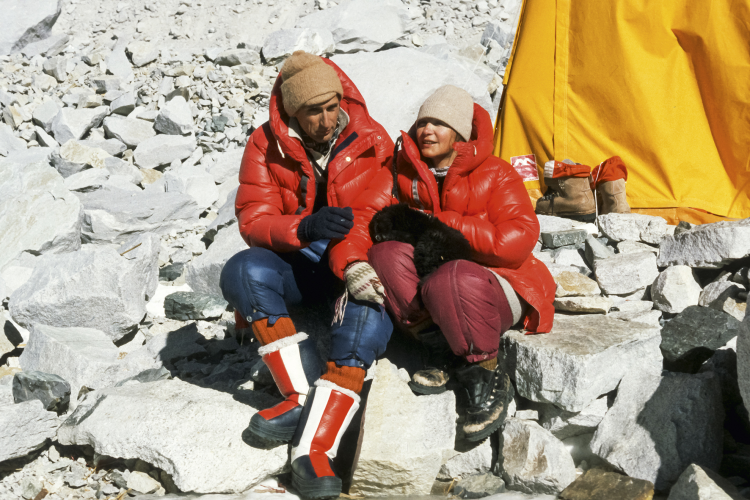
The King of Life
Friends called him “the king of life.” They envied his sociability. Whether at work, in a mountain hut or at a party, he always tried to be a leader, to attract attention, but he did it in a way that would not embarrass anyone.
He knew how to make the whole group laugh until they cried, and not with jokes, but with stories, – says Hanna Wiktorowska (long-time Secretary General of the Polish Mountaineering Association). She recalls how once in Circhla, during a club meeting, Zawada began his verbal tirade at 8 p.m. and finished at 4 a.m. He allowed others to join in, but when someone’s conversation stopped, he would start talking again. – It’s a pity that there was no one to write it down.
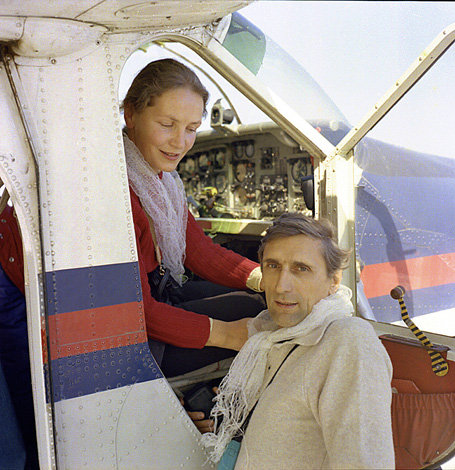
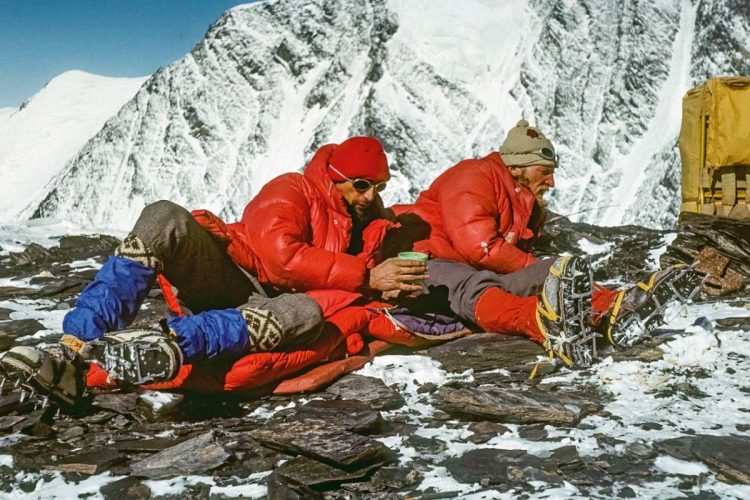
Anyone who has ever interacted with Andrzej Zawada will point out that he was a great storyteller. His colorful stories about expeditions definitely went beyond the black and white, or the grayness that adorned the mountain cliffs. That is, the natural environment about which Zawada wrote several books, documented expeditions on film and photographs. A one-man band, some will say. However, in such a passion one can also find traces of madness, the evil one will answer…
Here is a chronological list of the most famous mountain expeditions and ascents of Andrzej Zawada:
1959
Pamir — participation in the Soviet-Polish expedition to Lenin Peak (7134 m).
Zawada took part in one of the first winter hikes in the highlands of the USSR, which laid the foundation for his interest in extreme conditions.
1971
Nanda Devi East (7434 m, India) — successful ascent.
This was one of Zawada’s first major Himalayan experiences and an important step towards planning more ambitious high-altitude expeditions.
1973–1974
Lhotse (8516 m, Nepal) — the world’s first winter expedition to an eight-thousander.
Although the summit was not reached, the expedition proved that winter attempts at such heights were possible. It was a turning point in the history of mountaineering.
1980
Everest (8848 m, Nepal) — the world’s first winter ascent of Everest.
Under the leadership of Zawada, Krzysztof Wielicki and Leszek Cichy reached the summit.
February 17, 1980 is a historic date in mountaineering.
1985
Kangchenjunga (8586 m, Nepal/India) — Winter expedition.
The summit attempt was unsuccessful due to extreme weather conditions, but it provided valuable experience for future winter approaches.
1987–1988
K2 (8611 m, Pakistan) — Winter expedition.
The expedition did not reach the summit, but the climbers climbed above 7300 m, setting a winter altitude record on K2.
The conditions were extremely harsh: temperature -50 °C, hurricane wind.
1990s
Organization and support of other expeditions.
Zawada himself went to the mountains less often, but remained active as an organizer, consultant and inspirer of Polish high-altitude mountaineering.
Andrzej Zawada himself was not a record holder for the number of eight-thousanders conquered, but it was his ideas, expeditions and leadership that opened the world to winter as a full-fledged mountaineering season.
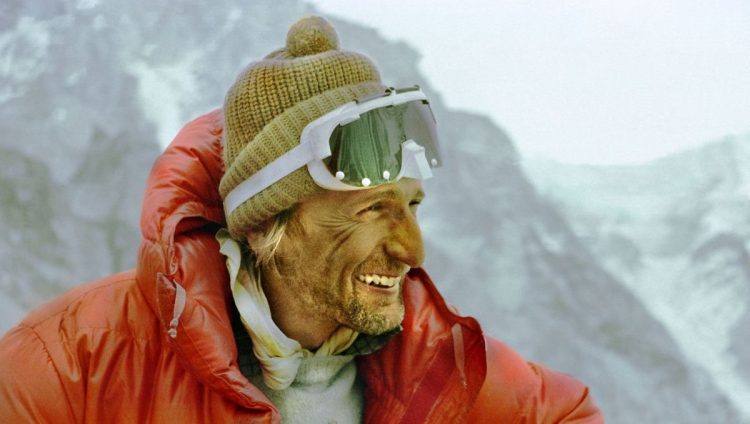
Personality and legacy
Andrzej Zawada was distinguished by his incredible determination, scientific approach to preparing expeditions and the ability to inspire the team. He did not just lead – he formed a whole generation of climbers, including such celebrities as Jerzy Kukuczka and Krzysztof Wielicki.
In addition to his sporting achievements, Zawada left a significant mark on science – his geophysical research helped plan expeditions and take into account the behavior of snow and ice in extreme conditions.
Memory
Since the late 1990s, Andrzej Zawada was struck by a fatal disease, despite the fight against it, supported by leading Polish specialists, Andrzej Zawada died on August 21, 2000 in Warsaw. He was buried at the Powązki Cemetery.
His name is forever inscribed in the history of world mountaineering. In Poland, he is considered a national hero, and in the mountaineering community, he remains a symbol of courage, innovation and absolute devotion to the mountains.
On September 29, 2014, in memory of Andrzej, a memorial plaque with his name was unveiled in the courtyard of the Warsaw Academy of Physical Education (at a special place called “Golden Circle”).
Andrzej Zawada – born July 16, 1928 in Olsztyn, died August 21, 2000 in Warsaw. Mountaineer, author of films and photographs from high-mountain expeditions, pioneer of winter Himalayanism. Organizer and leader of numerous high-mountain expeditions, including: the first ascent of Kunyan Chish (7852 m above sea level) in Karakoram; the first winter ascents, together with Tadeusz Piotrowski, to the summit of Noshak (7485 m above sea level) in the Hindu Kush; the first person in the world, together with Andrzej Henryk, to overcome the 8000-meter barrier in winter on the slopes of Lhotse; leader of the expedition that made the first winter ascent of Everest (Krzysztof Wielicki and Leszek Cichy); then the spring expedition, in the same yeardu (1980), during which Andrzej Czok and Jerzy Kukuczka led a new route to the summit of ME. Honorary member of the British Alpine Club, the French Groupe de Haute Montagne and The Explorers Club. He was awarded the Knight’s Cross of the Order of Polonia Restituta.
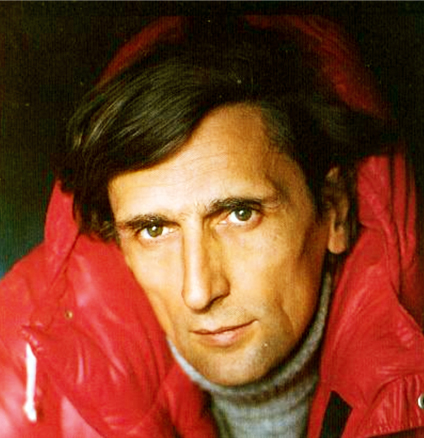
Source of the article: alp.org.ua
Publishing this article on other resources is prohibited!

